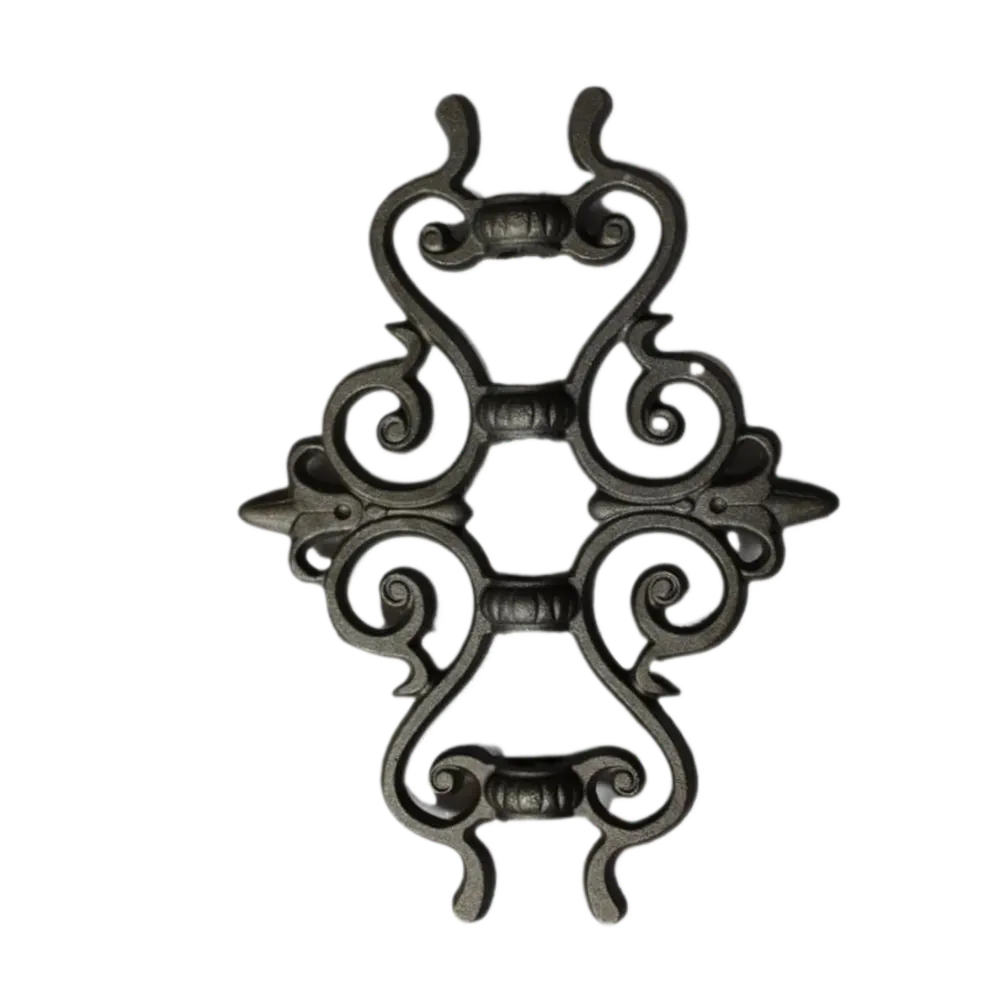ornamental metals
The Art and Utility of Ornamental Metals
Ornamental metals have long been a hallmark of human craftsmanship, marrying art with utility to enhance both functional items and decorative pieces. From ancient civilizations that adorned their structures with metalwork to contemporary artists exploring new expressions, ornamental metals have a rich history and vibrant presence in our world.
Historical Significance
The use of ornamental metals can be traced back thousands of years. Ancient Egyptians crafted intricate gold jewelry and adorned tombs with bronze and copper artifacts that signified power and prestige. Similarly, in ancient Greece and Rome, metalwork was used to create both practical items like weapons and decorative pieces that showcased wealth and artistry. Byzantine metalworkers, renowned for their gilding techniques, created stunning icons and religious pieces that depicted biblical scenes, reflecting the spiritual beliefs of the time.
As cultures evolved, so did the methods and purposes of ornamental metalwork. The Middle Ages saw the rise of intricate ironwork in castles and cathedrals, where gates, railings, and decorative elements became focal points of architectural design. The Renaissance sparked a revival of classical styles, and skilled craftsmen began to experiment with techniques like chasing, repoussé, and filigree, pushing the boundaries of what could be achieved with metal.
Modern Applications
Today, ornamental metals are ubiquitous in both interior and exterior design
. They serve not only as aesthetic enhancements but also as durable materials suited for various environments. From stainless steel and aluminum to bronze and wrought iron, modern artisans and architects employ a wide range of metals to create unique pieces that reflect contemporary tastes.In residential settings, ornamental metals are often used in custom railings, gates, and balustrades. These features are not just about safety; they are vital design elements that can define a space. Designers frequently incorporate geometric patterns or floral motifs that can be tailored to match the overall theme of a home, blending function with character.
ornamental metals

Commercial spaces also utilize ornamental metals to create an inviting atmosphere. Restaurants, hotels, and retail stores often feature metal artworks, signage, and structural elements that draw the eye and enhance branding. Unique light fixtures made from metals can create stunning visual effects, transforming simple environments into captivating experiences.
Cultural Symbolism
Beyond their aesthetic appeal, ornamental metals often carry cultural significance. In many cultures, certain metals are associated with specific meanings or traditions. For instance, in India, brass is commonly used in religious artifacts and home decor, symbolizing prosperity and purity. In Mexico, the use of tin for creating decorative ornaments reflects a rich artisan culture steeped in history. The choice of metal and design often tells a story, connecting people to their heritage and traditions.
Sustainability and Innovation
As concerns over sustainability grow, the ornamental metals industry is also evolving. Many artisans now prioritize sustainable sourcing of materials, considering the environmental impact of their creations. Recycling and upcycling metals have become popular practices, breathing new life into old materials. Innovative techniques, such as metal 3D printing, are emerging, allowing for greater complexity and customization in designs while minimizing waste.
Conclusion
Ornamental metals represent a fascinating convergence of art, culture, and technology. From their ancient origins to their modern applications, these materials continue to inspire creativity and innovation across disciplines. As we move forward, the balance between tradition and contemporary practices will undoubtedly lead to exciting new developments in the world of ornamental metalwork, ensuring that this timeless craft remains relevant and appreciated for generations to come.
In an age where individuality and personal expression are paramount, ornamental metals stand as a testament to human creativity, offering endless possibilities for those who seek to beautify their environments while honoring the rich legacy of craftsmanship that precedes us.
-
Wrought Iron Components: Timeless Elegance and Structural StrengthNewsJul.28,2025
-
Window Hardware Essentials: Rollers, Handles, and Locking SolutionsNewsJul.28,2025
-
Small Agricultural Processing Machines: Corn Threshers, Cassava Chippers, Grain Peelers & Chaff CuttersNewsJul.28,2025
-
Sliding Rollers: Smooth, Silent, and Built to LastNewsJul.28,2025
-
Cast Iron Stoves: Timeless Heating with Modern EfficiencyNewsJul.28,2025
-
Cast Iron Pipe and Fitting: Durable, Fire-Resistant Solutions for Plumbing and DrainageNewsJul.28,2025
-
 Wrought Iron Components: Timeless Elegance and Structural StrengthJul-28-2025Wrought Iron Components: Timeless Elegance and Structural Strength
Wrought Iron Components: Timeless Elegance and Structural StrengthJul-28-2025Wrought Iron Components: Timeless Elegance and Structural Strength -
 Window Hardware Essentials: Rollers, Handles, and Locking SolutionsJul-28-2025Window Hardware Essentials: Rollers, Handles, and Locking Solutions
Window Hardware Essentials: Rollers, Handles, and Locking SolutionsJul-28-2025Window Hardware Essentials: Rollers, Handles, and Locking Solutions -
 Small Agricultural Processing Machines: Corn Threshers, Cassava Chippers, Grain Peelers & Chaff CuttersJul-28-2025Small Agricultural Processing Machines: Corn Threshers, Cassava Chippers, Grain Peelers & Chaff Cutters
Small Agricultural Processing Machines: Corn Threshers, Cassava Chippers, Grain Peelers & Chaff CuttersJul-28-2025Small Agricultural Processing Machines: Corn Threshers, Cassava Chippers, Grain Peelers & Chaff Cutters












